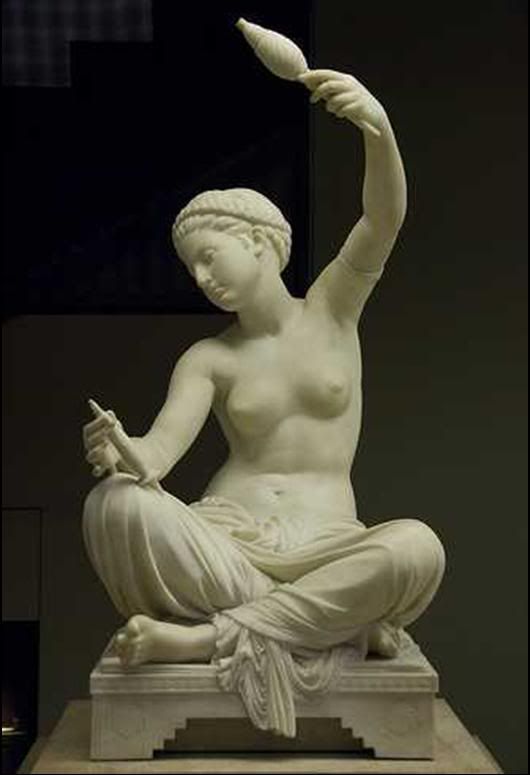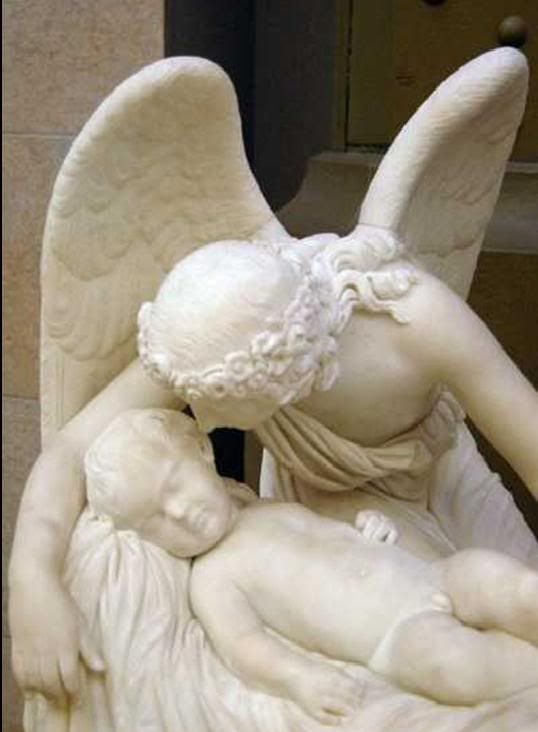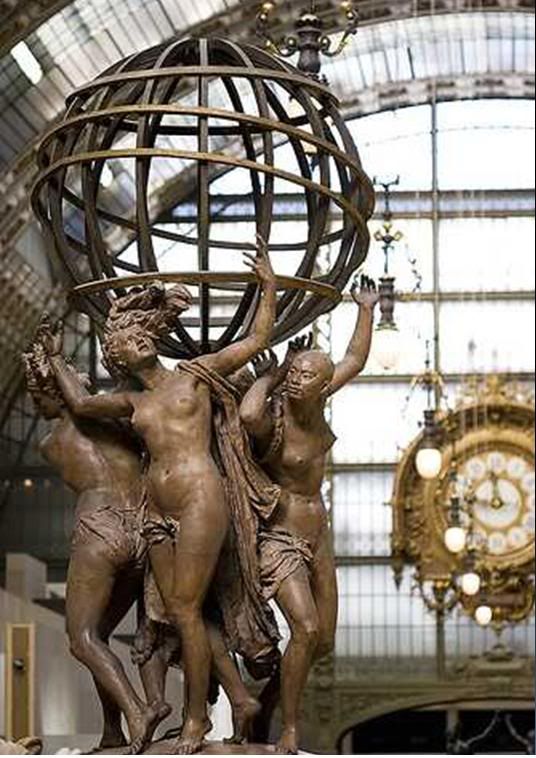Pierre-Auguste Renoir was born in Limoges on February 25, 1841. His father was a modest craftsman who moved with his family to Paris in 1845, when Renoir was four years old.In Paris the family get installed in a house located in the enclosure of the Louvre. His parents hesitated between orientating the education of his fourth son towards the painting or music.Finally, he inclined towards the option of "artist", this time in the version of the drawing applied to the industry of the porcelain, speciality of Limoges.
It joins at 13 years old as apprentice of a workshop of painting porcelain, with the hope to enter some day Sèvres's famous Manufacture.His labor consisted of adorning with sprigs of flowers pieces of white bottom, then, once again freely in his trade, it changed the flowers into the figures. It was there where Renoir would learn to do with flexible, round and sharp paintbrushes, and with fluid colors.
All his life would preserve the habit of cashing in of the limpidity of a color that stops to reveal the bottom.
During the day of work he had a rest which our protagonist was useful to go to the Louvre to copy ancient fabrics.n one of this playtime, Renoir discovered the Source of the Innocent ones, of Jean Goujon, and with her, his fascination for the sculptural plastic arts at the age of 14 years. These attractions would mark his work: the plastic sculpture of the feminine body and that of the limpid colors that act for transparency.
Renoir enters with 21 years, in Gleyre's workshop to learn painting. In autumn, while it expires a period of military service, Bazille, Monet and Sisley came to Charles Gleyre's workshop.
In the following years, a friendship arises with Cézanne, Pissarro and Guillaumin, pupils of the study Suisse. Renoir presented his work for the first time to the Lounge of 1864, and was admitted: Emerald, dancing with his goat.
In the summer of 1865 the Lounge accepted again Renoir's sending, but the following year the juror gave a much less favorable verdict.The juror rejected Renoir's Reveille, though in three following years it managed to place his pictures.
Renoir's small successes, didn't save him from the material escases. His friend Bazille gave him housing in his study, and together they painted postcards to gain something of money.
The years later to the lost war francoprusiana were surprisingly of a great economic prosperity in France.The prices of the paintings increased, and up to in some cases impressionistic paintings were sold by unexpectedly high sums of money.Paul Durand-Ruel received the painters rejected by the official critique, in spite of that it should have waited to the future to obtain benefits.In 1870 it had known in London Pissarro and Monet and also it had discovered in 1873 Renoir.
in the year 1873, Durand-Ruel felt obliged to restrict the help that was giving the painters. These formed a " Société anonyme coopérative ", and on April 15, 1874, in the places newly removed from the photographer Nadar, opened his own exhibition.
The new school already had in traffic his impresionists' motto.
In April, 1876 the impresionists exhibited together for the second time, in this occasion in Durand-Ruel's gallery, but the critique was not favorable either.
In April of the following year, they exhibited for third time, but once again the critics of the most important newspapers joked and nobody bought.
Renoir was detesting the anarchism of some painters as Jean François and Armand Guillaumin, and neither he was sharing Pissarro's socialist ideas.
The 30 last years of Renoir's life were darkened by the bitterness of a serious disease and for the destination of all the artists who age: of having to see how his art was checked and overcome by the generation who was coming pushing.
It worked at the end of the 80's several times with Cézanne and with Berthe Morisot, up to the death of this one in 1895.
He don't only presented his pictures in 1896 and 1899 in exhibitions organized by Durand-Ruel,In 1904 in the Autumn lounge and in 1913 in the gallery Bernheim of Paris,But it was also in the Centennale, the sample of French art of the 19th century in the universal exhibition of Paris of 1900 and it received the cross of Honor's Legion.Pierre-Auguste Renoir died on December 3, 1919.










.jpg)